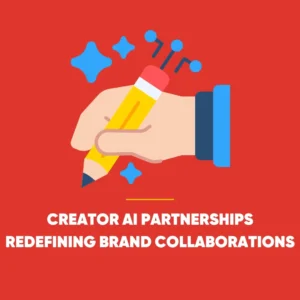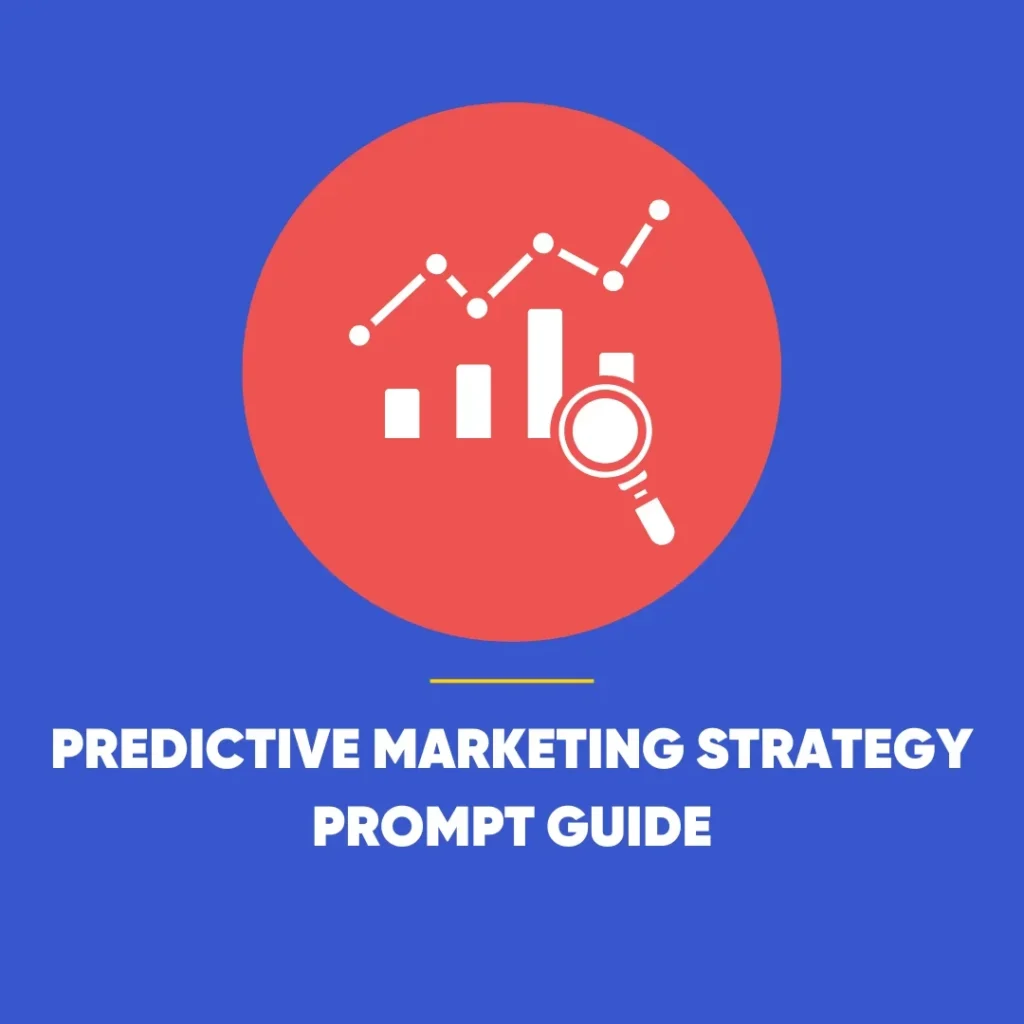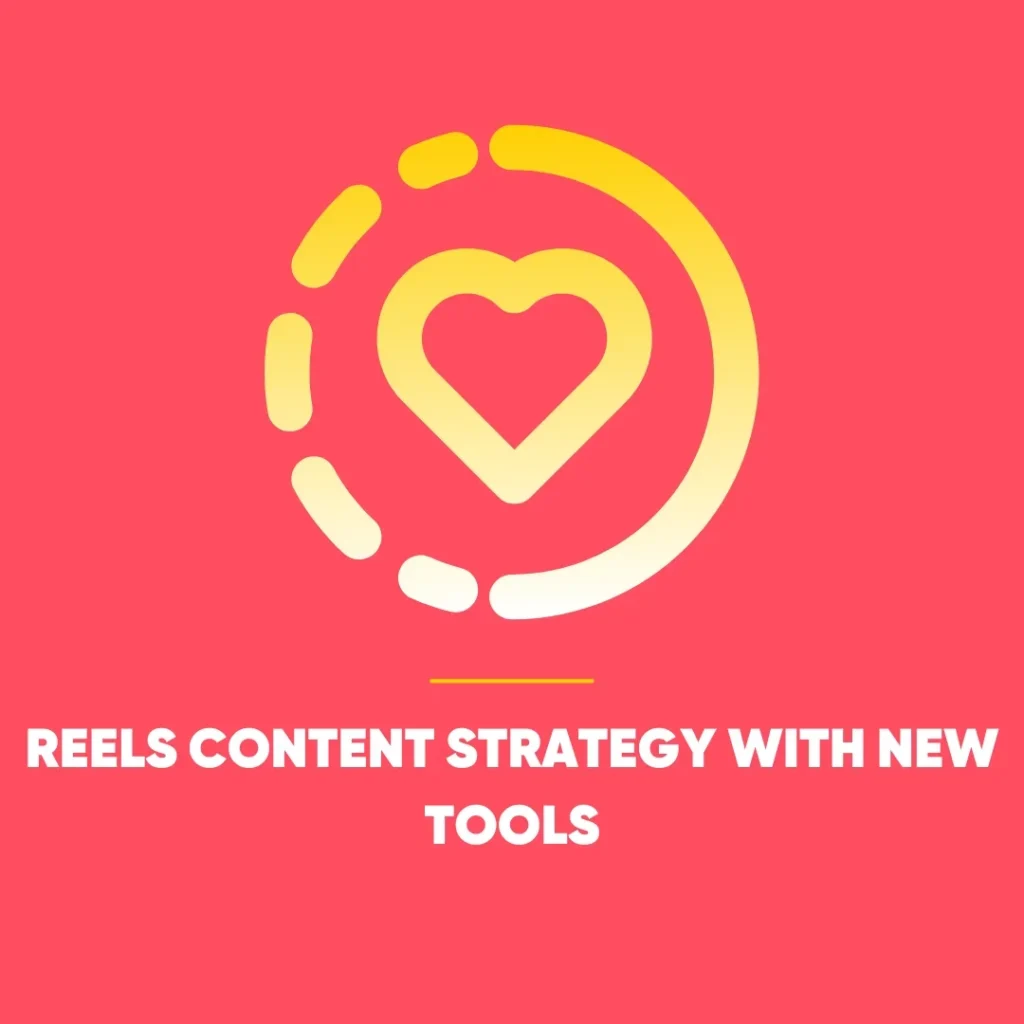The Power of Stories in a Data-Driven World
Data driven storytelling helps transform complex information into emotional narratives that inspire audiences and create lasting connections. Yet, numbers alone rarely inspire people. Instead, stories move hearts, change minds, and drive action. That is where the science of storytelling comes in – the art of turning plain data into something meaningful. When brands, marketers, or researchers transform facts into stories, they create powerful emotional connections.
Why Emotion Matters More Than Numbers
Although data shows what is true, emotion helps people remember and care. Studies prove that emotional content increases memory retention and engagement. In fact, people are more likely to share stories that make them feel something. Therefore, the goal is not to present more numbers, but to make those numbers human.
For instance, saying “30% of families struggle with food insecurity” informs. However, saying “a mother skips dinner so her children can eat” connects. Both reveal the same truth, but one touches the heart. Emotion turns information into empathy, and empathy leads to action.
The Science Behind Storytelling
How the Brain Responds to Stories
When people hear stories, their brains release oxytocin – the chemical that builds trust and empathy. This chemical reaction makes audiences feel closer to the storyteller. At the same time, dopamine, the “feel-good” chemical, increases focus and engagement. These biological responses make stories not only interesting but also memorable.
Why Data Alone Isn’t Enough
Data explains, but it rarely motivates. On its own, it lacks context. People need a reason to care about the numbers. Storytelling gives that reason by wrapping data in a human experience. Therefore, combining facts with narrative builds both credibility and emotion.
Turning Cold Data Into Warm Stories with Data Driven Storytelling
Turning data into emotion requires balance. Too much narrative weakens accuracy, but too many numbers lose attention. The secret lies in blending facts with feeling.
Start With a Human Focus
Begin with the people behind the data. Who do the numbers represent? What challenges do they face? For example, instead of saying “sales rose by 50%,” tell the story of the team whose creative idea drove that success. Adding a face to a figure transforms a chart into a journey.
Use Visuals to Strengthen the Message
Humans think in pictures, not spreadsheets. Therefore, visual storytelling helps audiences connect faster. Use infographics, photos, or short videos to present complex data simply. For instance, a heat map showing energy use across the UK can instantly tell a story about sustainability and behaviour.
Create a Clear Narrative Arc
Every great story has a beginning, middle, and end – even in data storytelling. Start by showing the problem. Then, present the insights. Finally, reveal the change or solution. This structure gives your audience a path to follow and a resolution to remember.
Data Driven Storytelling in Business and Marketing
Modern marketing relies heavily on this mix of science and emotion. Brands that tell stories backed by data earn higher engagement and stronger loyalty. Because of that, marketers today act as both analysts and storytellers.
Turning Insights Into Action
For example, a fitness brand might analyse thousands of workouts. The raw data shows trends, but a story about a customer’s transformation makes the message personal. Suddenly, the insight becomes motivation. The result? Audiences relate, believe, and act.
Using Data to Build Trust
In a world full of misinformation, accurate data builds credibility. Yet, storytelling ensures that credibility connects with people’s values. When a business shares transparent, data-driven stories, it demonstrates honesty. Over time, that honesty earns trust and loyalty.
Practical Tips for Data Driven Storytelling
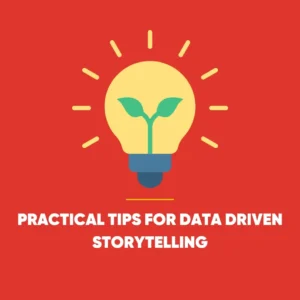 Turning data into emotion takes practice, but several techniques make the process easier.
Turning data into emotion takes practice, but several techniques make the process easier.
- Find the emotional hook. Ask, “Why should someone care about this data?”
- Simplify your language. Avoid jargon. Clear communication builds understanding.
- Use comparisons. Relatable analogies make data easy to digest.
- Balance fact and feeling. Keep numbers accurate while shaping a meaningful narrative.
- End with purpose. Every story should inspire action or reflection.
The Future of Data-Driven Storytelling
As technology advances, storytelling continues to evolve. Artificial intelligence, interactive dashboards, and real-time analytics now help create personalised stories from complex data sets. However, despite all the tools available, emotion remains the key ingredient. Machines can analyse patterns, but only humans can make them meaningful.
The future belongs to communicators who understand both science and sentiment. Those who translate data into emotional truth will continue to lead conversations, inspire change, and shape the way we see the world.
Conclusion – Turning Insight Into Impact
In short, storytelling transforms numbers into narratives and insights into impact. By understanding how the brain responds to stories, communicators can design content that informs and inspires. Data provides direction, but emotion gives meaning.
So next time you prepare a report or campaign, don’t just present the numbers. Tell the story behind them. After all, people might forget your charts, but they will always remember how your story made them feel.


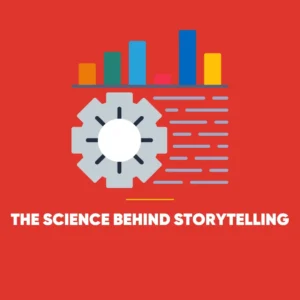 Data driven storytelling combines psychology and neuroscience to transform information into meaningful, emotional experiences that truly engage audiences.
Data driven storytelling combines psychology and neuroscience to transform information into meaningful, emotional experiences that truly engage audiences. 